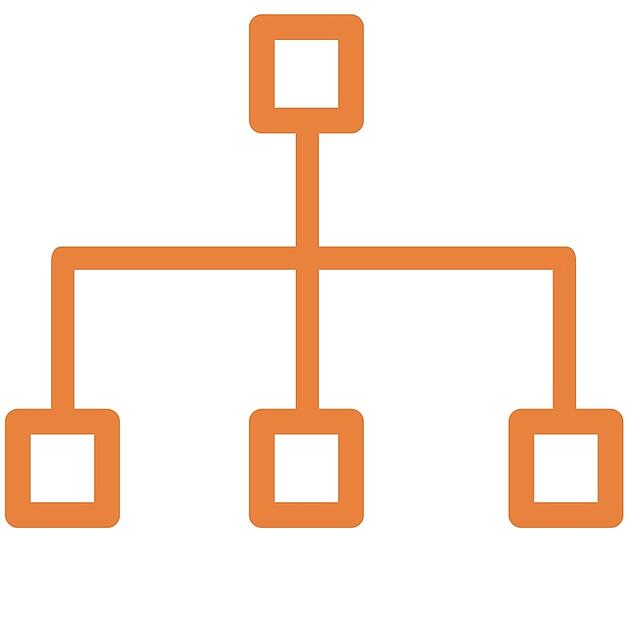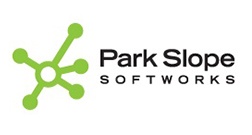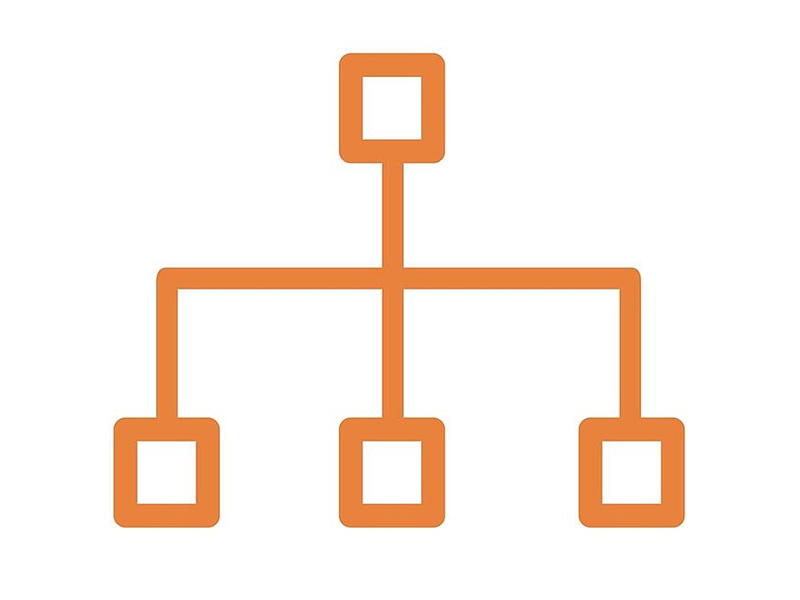Images are incredibly important in digital marketing. They capture consumers’ eyes, and if they’re interesting, they get your visitors reading and asking questions about your company and what it can do for them.
But images by themselves won’t boost your search engine rankings. That’s why it’s important to use the following best practices for optimizing images for better search engine optimization. With these tips from your local inbound marketing company in Brooklyn, you can enjoy the best of both worlds: attention-grabbing images as well as stellar SEO rankings.
1. Give Your Images Descriptive Names
When you name your images, be descriptive and use plain English. The random numbers assigned to an image by a camera will not improve your search engine rankings. The file names of your images may seem arbitrary, but search engines will crawl over them, and if they find insightful keywords, your website will jump up through the rankings. For example, instead of naming your image “DCMIMAGE32.jpg,” call it “Girl-holding-teddy-bear-near-window.jpg.” Now Google knows what to do with it.

2. Provide Multiple Images of Products
If you sell items from your website, provide multiple images for each product. Not only do customers like to look at items from multiple angles (since they can’t pick them up and touch them like they could at a brick-and-mortar store), but this best practice also allows you to give the search engines more information to mine.
Going back to our example, if you are showing off that pair of cross trainers, you could use your keywords multiple times, just in image file names: “asics-silver-cross-training-shoes-top-view.jpg,” “asics-silver-cross-training-shoes-bottom-view.jpg,” etc.
 |
 |
 |
| Asics Running shoes With Yellow Gel | Asics Running shoes in action | Asics running shoes Yellow stripes |
3. Use Alt Tags
Alt tags are “text alternatives” to images on your website, and they provide valuable SEO information because they associate text with images. For example, the first image od the Asics left shoes in teh table above:
<img src=”Asics_Gel_Kayano_15_I.jpg” alt=Asics Silver Cross-Training Shoes-Yellow Gel”>
It may seem like a lot of work if you already have lots of images on your site, but it will be worth your while to go back and create alt tags for every image. Clear and descriptive alt tags can do more for your SEO image optimizing than anything else.
4. Use Image Site Maps
Search engine crawlers can’t search images that aren’t specifically called out in the source code, but if you list their locations on an image site map, you will still get the benefits of excellent image SEO. This hidden tactic is one of the best SEO tactics you can choose to deploy when trying to improve your image search engine ranking. This is especially helpful if your site uses JavaScript galleries or pop-ups. For more information check out this Google resource about image site maps and Google image extensions. http://bit.ly/1PLABSB

5. Consider Image Placement
Place your images as closely as possible to associated words in your core text. This will prevent search engines from getting confused about what any given page is about. For example, If you place your gray cross trainers picture next to text about a movie premier, the search engine won’t understand what the focus of your page is about, and it will drop in the rankings. For example When you write about “Cross trainig shoes” You can use the image of the “Girl wearing cross training shoes”

| Girl wearing cross training shoes |
6. Scrutinize Your Images
You wouldn’t have chosen your images if you didn’t think they would add to your website, but did you consider their details? JPEG should be your first choice for file type, followed by PNG, although there is some dispute about this as more and more files are showing up as PNGs.
Make sure your images are smaller than the width of your page, and avoid using huge image files that take a long time to load. This is a sure way of losing impatient web surfers.
Here are a few resorces for optimizing the most popular image file types:
By following these best practices, you can enhance the aesthetics of your site while improving your SEO. For more information about search optimization, or for any other digital marketing question or concern, contact us at Park Slope Softworks.
About Park Slope Softworks: Park Slope Softworks is a Digital Marketing Agency, Specializing in Inbound Marketing services, that helps businesses get new leads and grow their businesses by creating targeted content and exposing the right audience to it. You can reach us at 646-519-3534 or contact us here!






